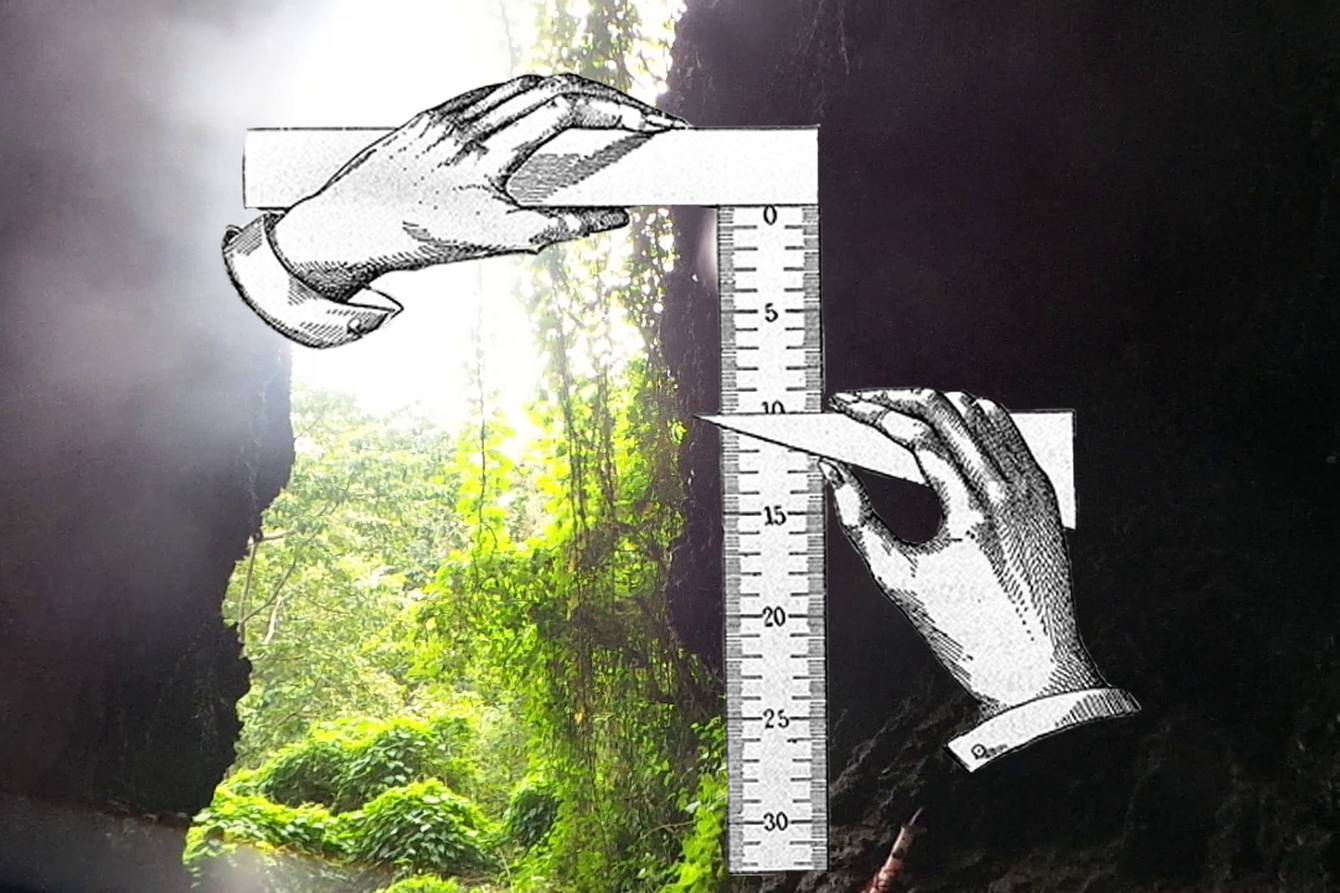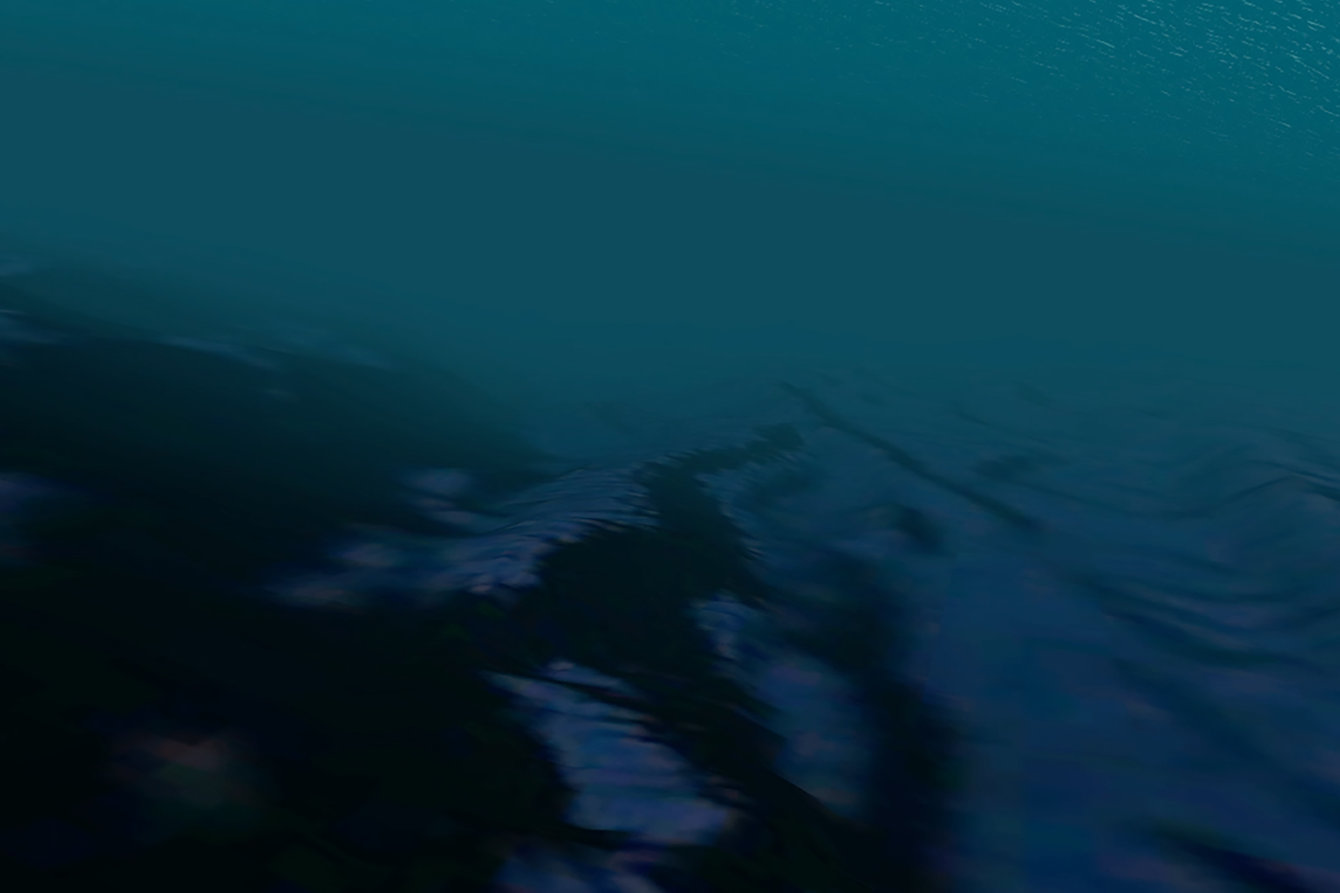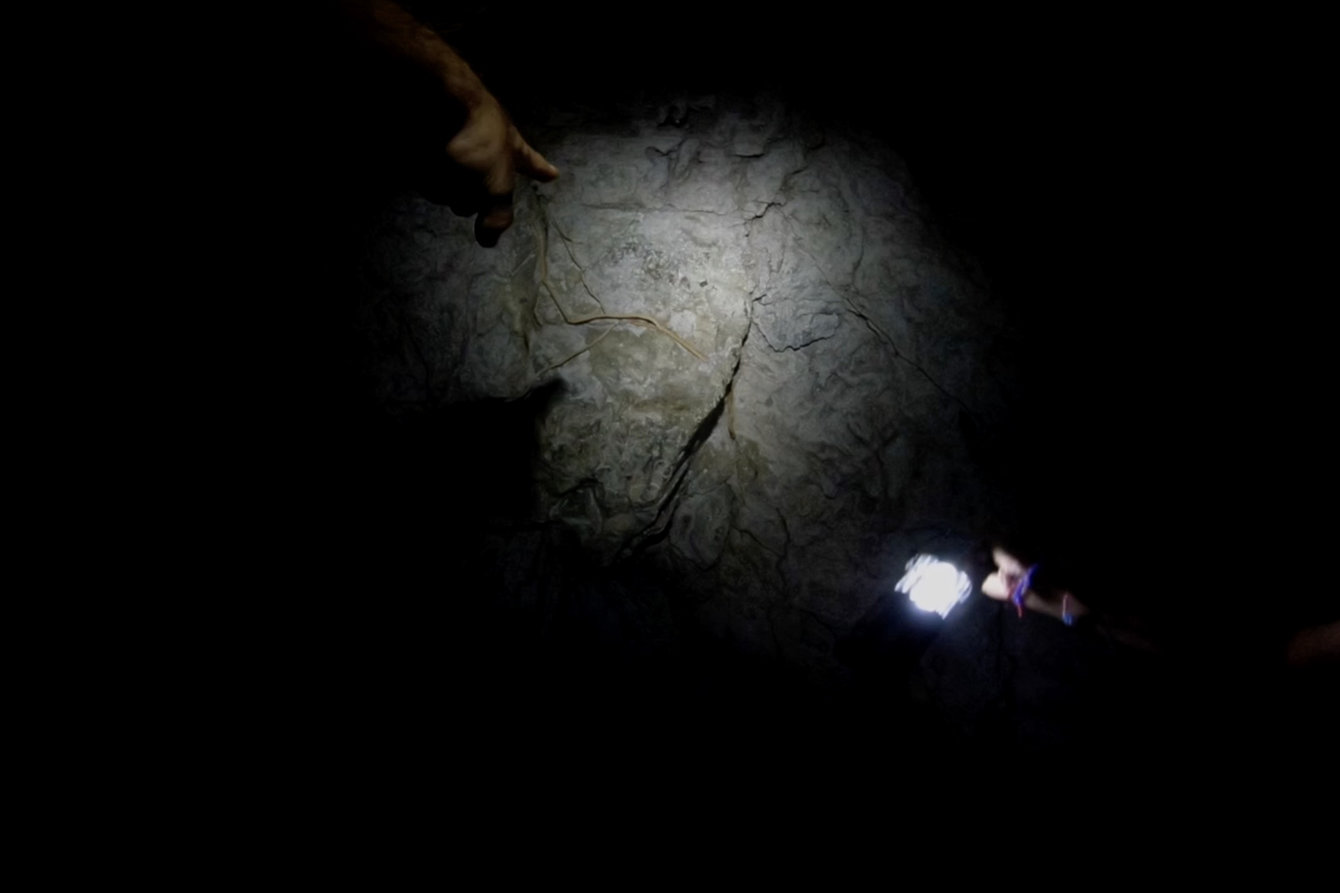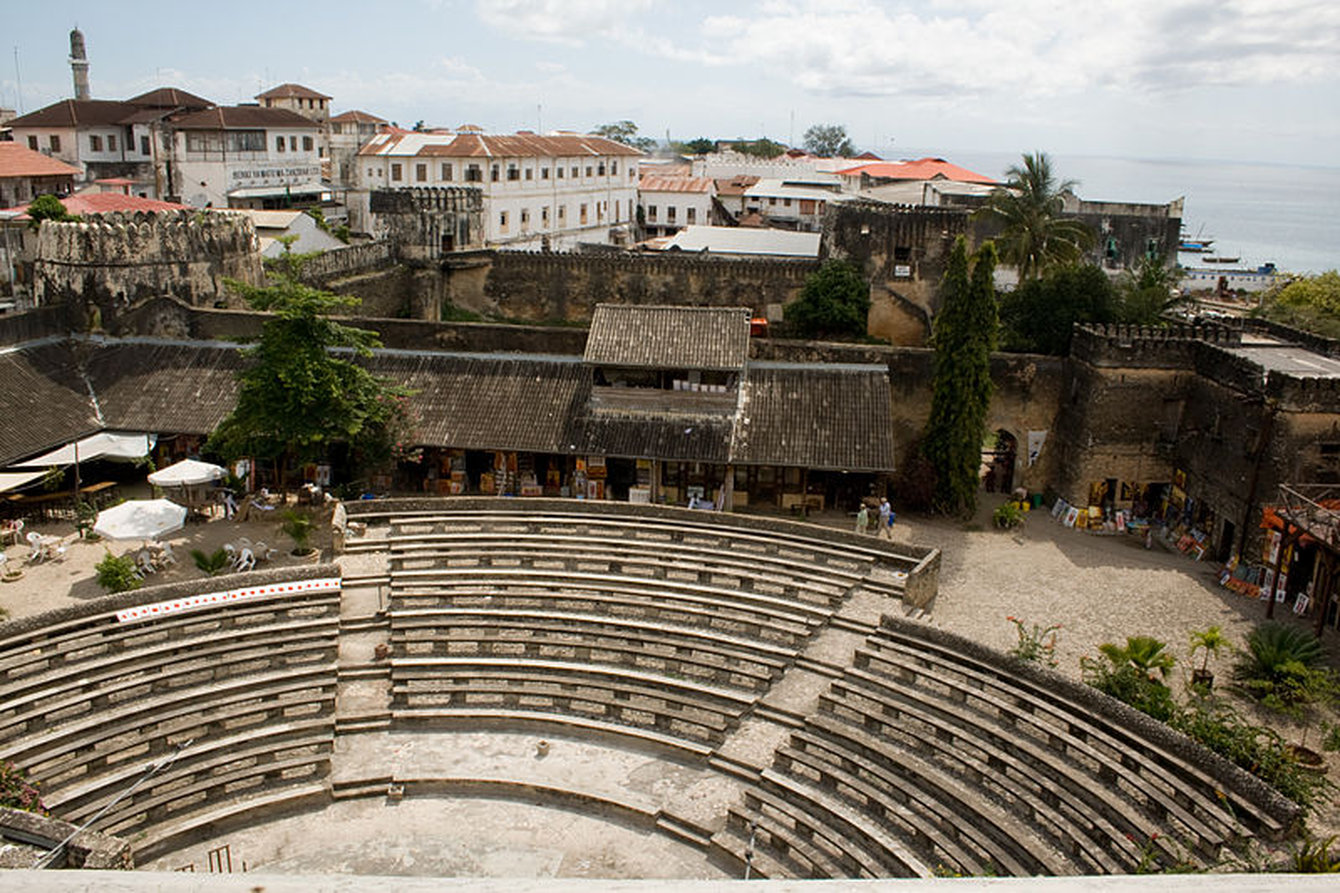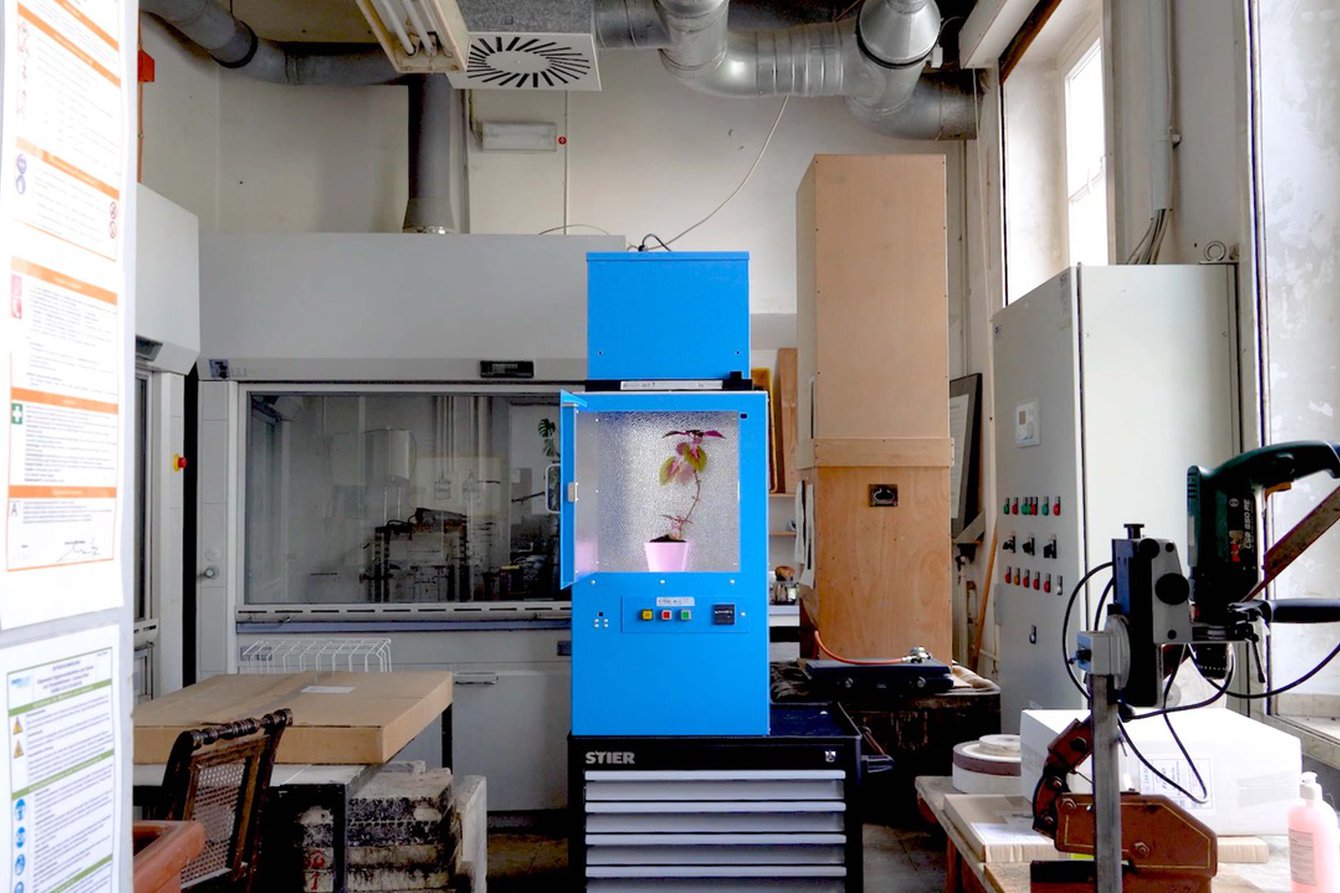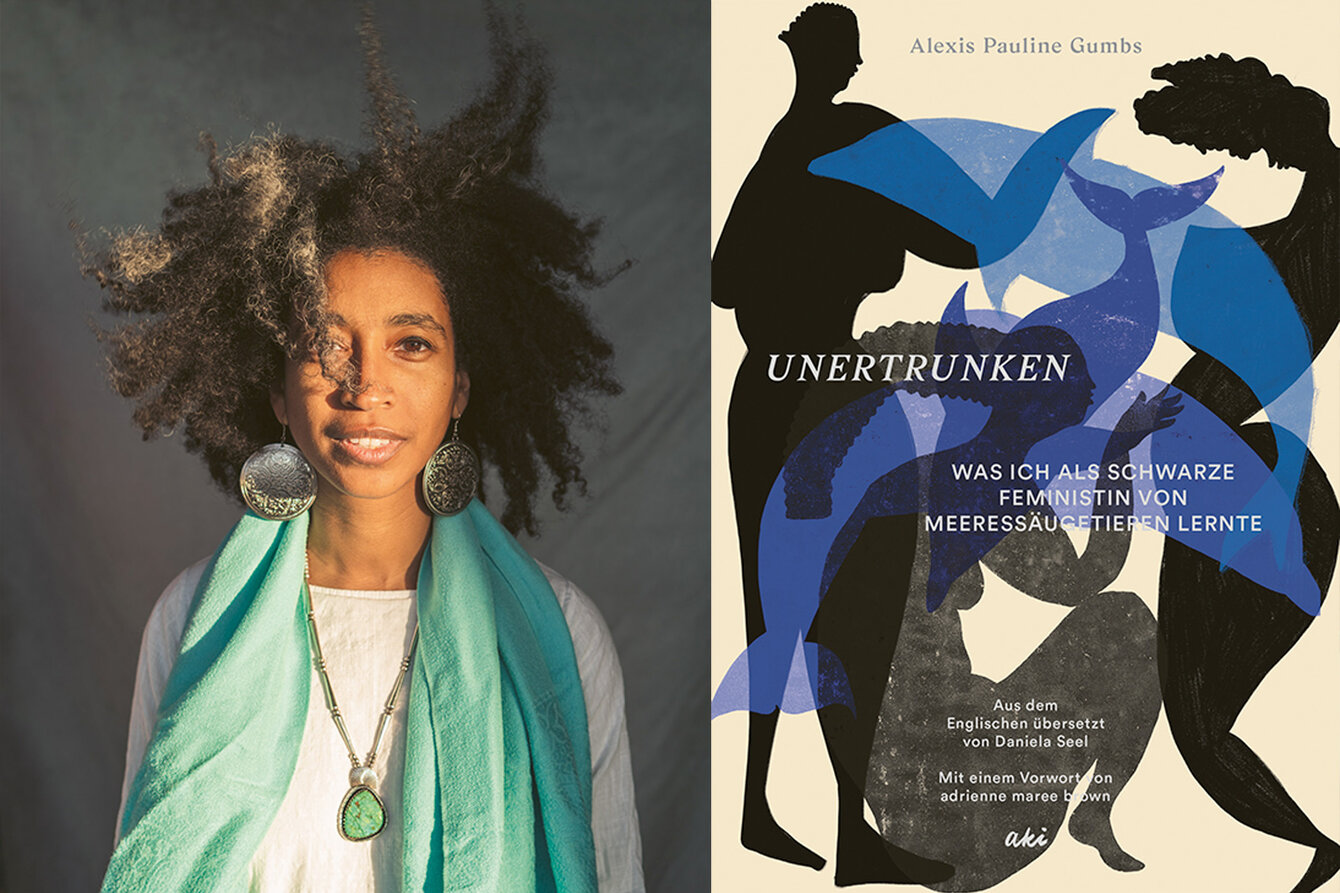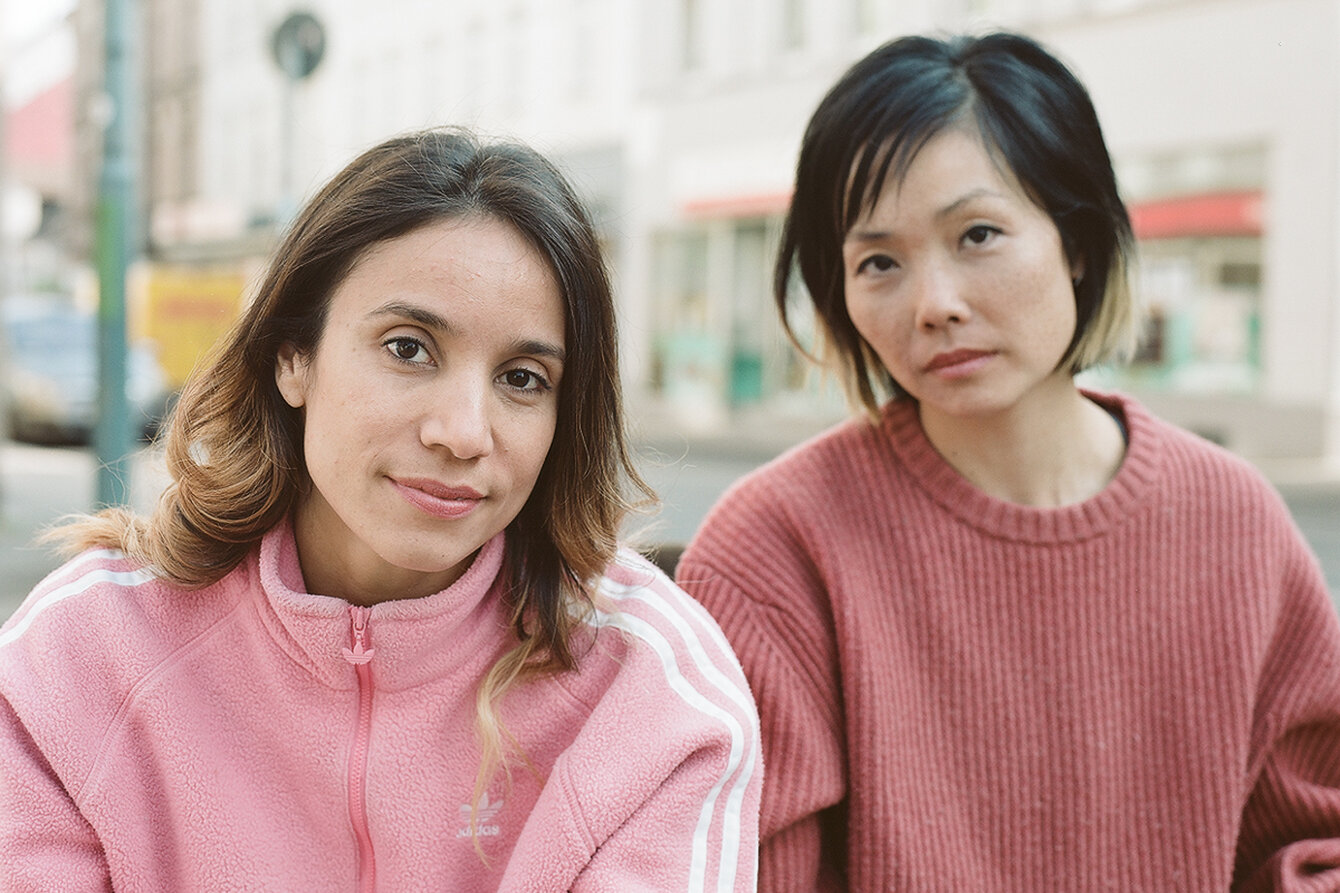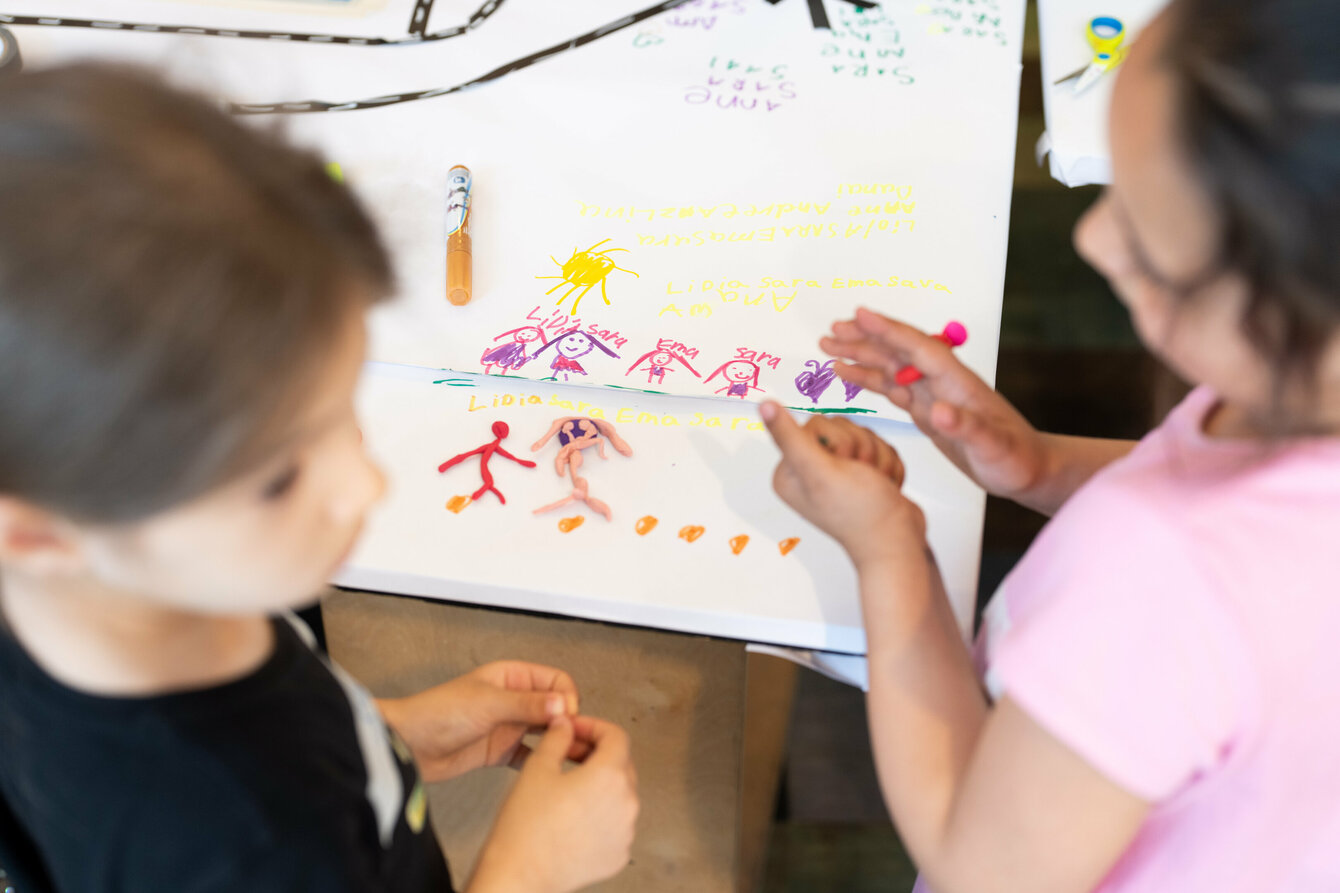JUNCTIONS21
IMPACT 21 // Exhibition
- As part of IMPACT21
- Installation
- IMPACT21
Free admission
Visitors will be required to document that they are either fully vaccinated, have recovered from a previous infection or have been tested negative (24 hrs). Please show your document at the entrance.
As part of the JUNCTIONS21 research programme, seven transdisciplinary teams across different continents dedicated themselves to collective research projects. The focus is on intervening and resistant working practices that draw their approach from local and postcolonial contexts. Between the search for activation processes in historical data, the collection of everyday experiences and supposedly incidental (hi)stories, and the tracing of shaped landscapes, a multi-voiced, multi-perspectival field unfolds. In an exhibition in the rooms of different artistic strategies and first drafts will be shared with the participants of IMPACT and the visitors.
Bruno Alves De Almeida & Juan Pablo Pacheco Bejanaro
›Environmental Identities at the Ocean Floor‹
›Environmental Identities at the Ocean Floor‹ weaves together two ongoing research threads. On the one hand, the investigation carried out in the project ›Environmental Identities‹ curated by Bruno Alves de Almeida, which delves into the co-defining relation between self, social identity and the natural environment in a world increasingly marked by unsustainable notions of humanity. And on the other hand, Juan Pablo Pacheco Bejarano’s artistic research, which proposes reflections on the territorial, social and ecological dimensions of digital technology, focused on the material and symbolic relationships between the internet and the ocean. Together they explore the forms of life and the flows of energy that thrive on the ocean floor, and their influence on our social and environmental identities on the planet’s terrestrial surface. The research focuses on scientific and theoretical discussions around Eurythenes Plasticus, a marine crustacean found at the deepest region of the Mariana Trench and on submarine cables, a deep-sea information infrastructure that increasingly mediates the virtual worlds we inhabit.
Carmel Barnea Brezner Jonas, Clarissa Aidar, Dario Srbic & Jere Ikongio
›Semantics of Modern Day Languages‹
The project explores cross-continental approaches to knowledge transfer by tracing an object/land/site/event, investigating a space of contingencies, in which slippages might twist and recode meanings. It’s a collective questioning of how to blur the lines dividing past, present and future, living and nonliving/gone, personal/private and public/political, performance/life, the event and its aftermath, and the perception and the formulation of meaning. The aim is to investigate different approaches to the language and forms of communication that come to life from both environmental, physical and spiritual tracks of history, focused on an intense exchange that can allow for our different practices, processes and understandings to shapeshift as they start to reverberate into one another.
Eliana Otto, Imaya Caceres, Vasilikí Sifostratoudaki & Nuno Cassola
›Unearthing Memories, Feeding Practices for Plural Knowledges and Beings‹
In this research the artists go after disregarded and untold stories. How can transdisciplinary approaches to art help us to reimagine human and more-than-human relationalities to respond to the current socio-ecological crisis? How might collaborative forms of art-making create fertile vocabularies and ways of storytelling to transform anthro-eurocentric paradigms that are shaped through oppositional dichotomies and excluding frontiers? Being constituted by a plurality of modernity exceeding worlds, and aware of our modern inheritances, the artists engage in explorations to cultivate plural value-ecologies of living with others on Earth.
Lucy Ilado, Stefania Smolkina & Riyadhus Shalihin
›Until the Stone Take Us Into the Past‹
This joint artistic research is an investigation of specific landscapes loaded with history in three different regions: Old Fort in Zanzibar, Tanzania (East Africa), Textile manufacturers of Łódz in Poland (Europe), and a dialogue of traveler and colonial treasure in Indonesia (Southeast Asia). The project includes audio-visual research on the notion of the political landscapes with their ruins and ghosts. Looking from three different perspectives where the power took the shape of the landscape. Open up conversations covering the present and centuries back. Using various strategies to investigate and track how these three landscapes reflect the image of power in society related to the processes of transformations and violence.
Sina Hensel & Rosa Whiteley
›SUNBURN‹
Sunscreens are no longer just applied to our skins, but also to the skins of mountains, clouds or trees. As we struggle to control shifting climates and our ability to adapt to them, sunscreening has grown in size, through solar geoengineering, to encompass the planet. Skins in different bodies — cells, species, ecologies, territories and technologies — often change colour in a reaction to UV light. Chemical »alarms« in cells trigger inflammation and metabolic mechanisms produce protective pigments. Leaves flash red, algae secrete pink, whilst humans smear shades of white. As climate related stress amplifies, colours strain to perform resistance. These colours act as both a defence and a signal for the intensity of the sun; bearing the impressions of the weather-world. ›SUNBURN‹ explores the spaces between colourful feral ecologies, and synthetic post-human skins; uncovering methods of living in a hotter, sunscorched earth.
Wisrah Villefort & Sarah Johanna Theurer
›GODCRYSTAL‹
Wisrah Villefort and Sarah Johanna Theurer’s research project ›GODCRYSTAL‹ deals with the effects of sound produced or appropriated by humans and the ecologies it constitutes. The objective is to consider the ontological aspect of that sound and specify its agency. Within JUNCTIONS21, they have studied theories of soundscape ecology, developing vocabulary and — following Donna Haraway's situated knowledge—critical tools to dissect notions and concepts such as anthrophony, biophony, ultra-, and infrasound. The title ›GODCRYSTAL‹ makes reference to a brand name of a popular ultrasonic bark control device.
Zahra Malkani & Shahana Rajani
›Friction & Flow: Environmental Resistance in the Aquatic Landscapes of Karachi‹
Karachi today is at the frontlines of the climate crisis — with floods, water shortages and heat waves becoming increasingly routine. At the heart of this crisis is a systematic forgetting, erasure and denial of Karachi’s indigenous ecology, indigenous communities and knowledges. The relationship between the city dwellers of Karachi and the ecology of this land has been marked by violence and a profound alienation. A course at Karachi LaJamia, initiated by the artists, seeks to move beyond this painful disconnect into recognising and inhabiting, with care, our profound entanglements and shared destinies with the ecology of this city. The course aims to bring together a diverse range of people from different fields to learn, share and question existing knowledges about the city, to explore, imagine and enact other forms of relationality, connection and collectivity in/with the city, and to build solidarity with ongoing environmental struggles in Karachi.
IMPACT21 is a project within the framework of the Alliance of International Production Houses supported by the Federal Government Commissioner for Culture and the Media.
